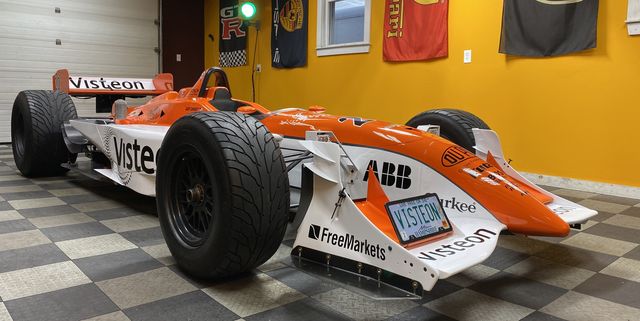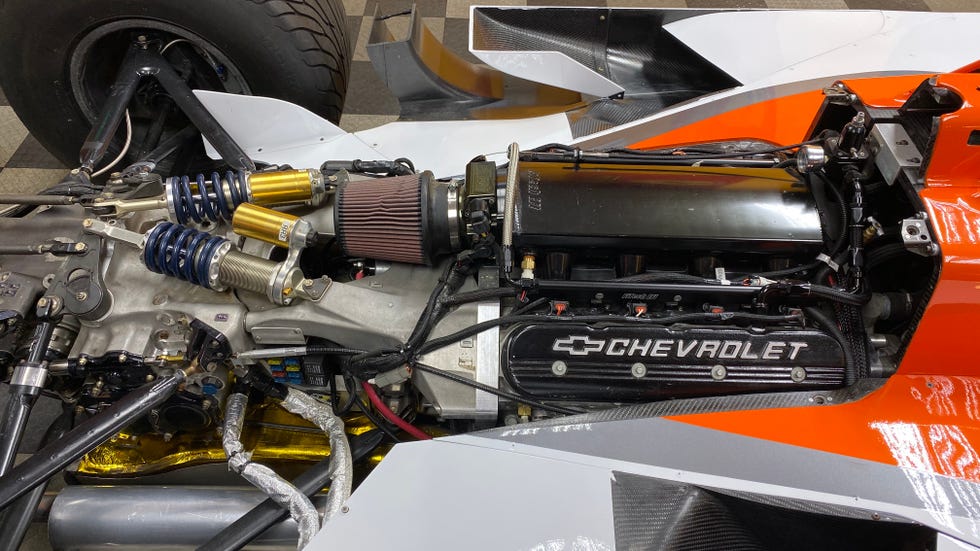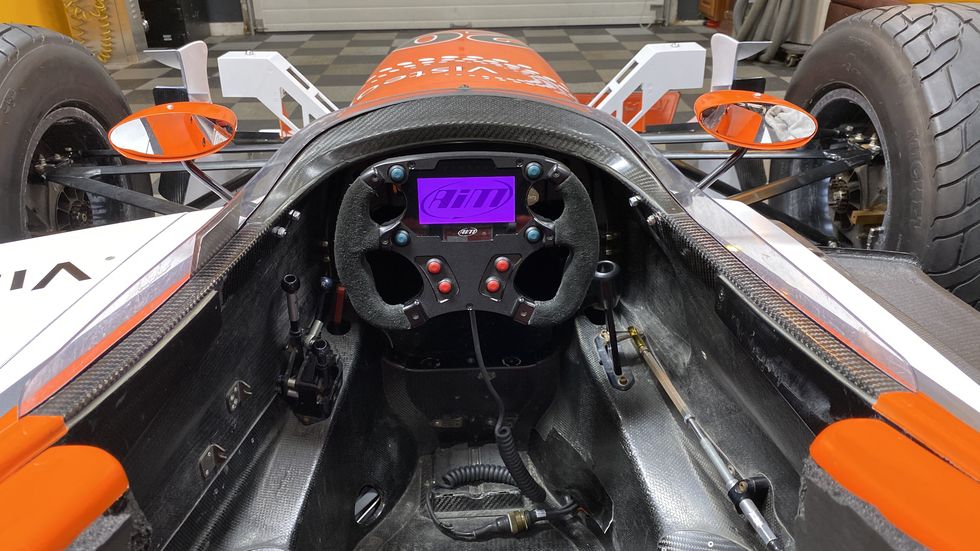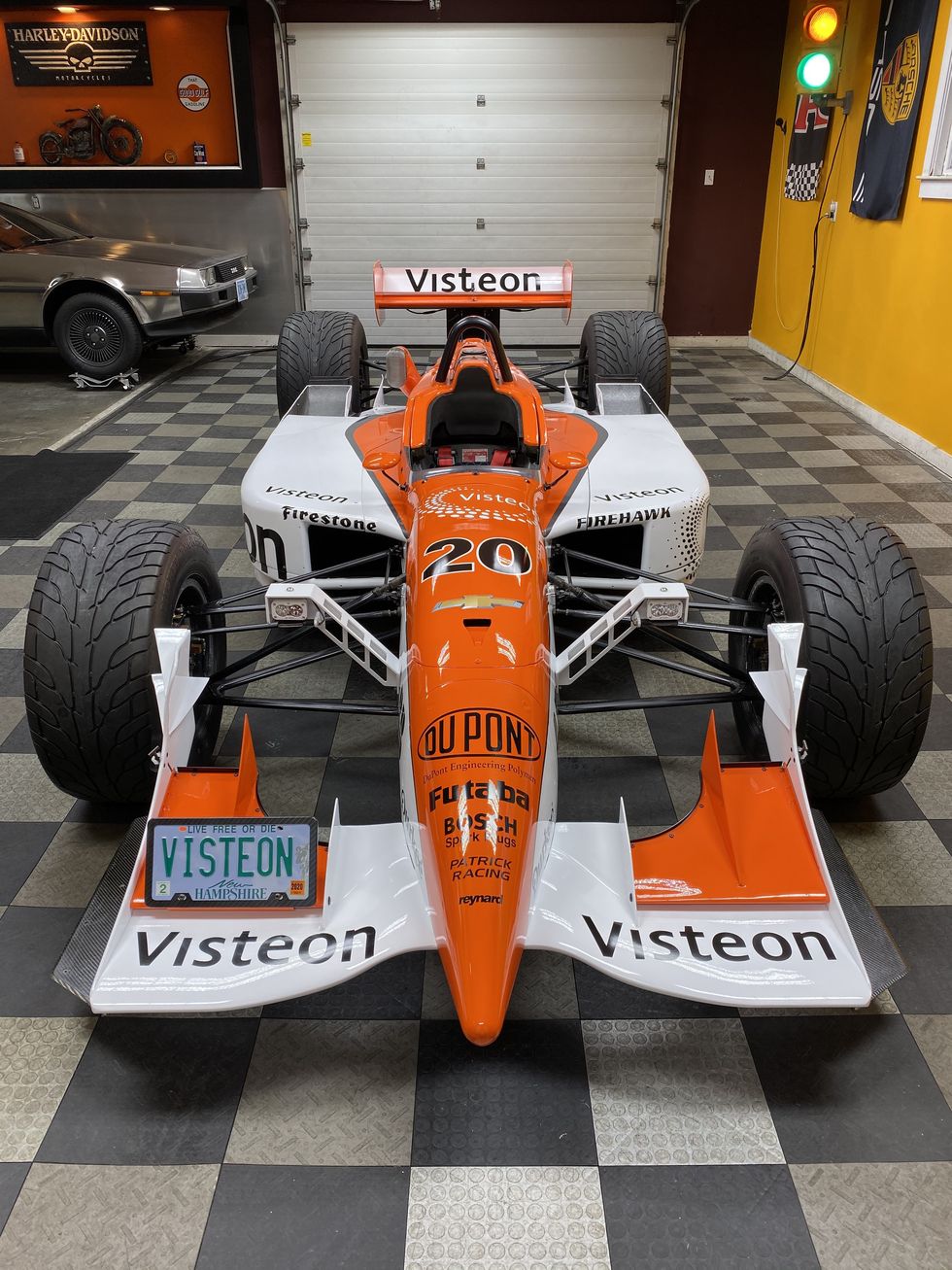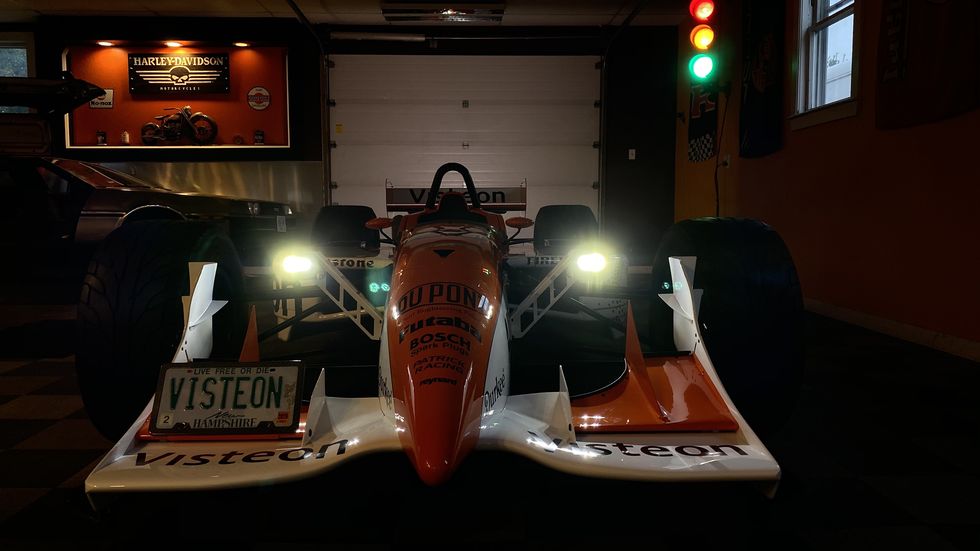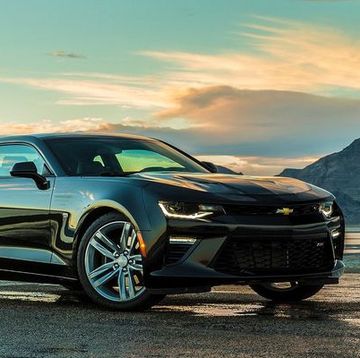It's a simple concept: take a race car and make it street legal by adding turn signals, headlights, and the other accoutrements required by the local authorities and inspection station. In the South, street-legal NASCAR racers are a relatively common genre of track toy. But an IndyCar is on another level of difficulty—open wheel, single-seat, and with an unobtainable engine that that's actually a piece of the chassis itself.
Gary Cheney, a serial car builder from New Hampshire, knew better than most how hard it would be to make an IndyCar tolerable for the street. He used to own a 1990s Reynard that he ran at a few track days before crashing it, fixing it, and getting rid of it.
"I only ran it five times," he says. "Those were probably five of the best days of my life, but if you'd told me I was ever buying another IndyCar, I'd have told you that you're out of your mind."
Then one night he made an innocent decision to check out some online car listings. He had no plans to actually buy anything (but we all know how that goes). "I opened eBay and clicked on a listing," he said. "There was this 2001 Reynard road course car with no engine, for $15,000. I offered him $13,500 and now here I am two years later."
Even for someone like Cheney, who builds Factory Five cars for fun, the Reynard presented huge challenges. The most daunting issue: fitting an engine and adapting it to the sequential transaxle.
The car's original 2.65-liter Toyota V8 was long gone, and in any case probably would have cost far more than the car itself. So Cheney sourced a compact modern V8, a 6.2-liter GM LS engine out of a 2011 Camaro SS.
His goal was to drive an IndyCar on the street, not set lap records. Besides, considering the exoticism of the rest of the car, the engine could at least be a known quantity. "The last thing you want to do with a project like this is dump a ton of money into building something with a thousand horsepower," he says.
That said, the 6.2 is probably at least 450 horsepower, in a car that weighed around 1,600 pounds in race trim.
The LS1 was about four inches too long, so Cheney borrowed some real estate from the space allotted to the 35-gallon fuel cell. Then he machined an inch-and-a-half off the transaxle and stretched the wheelbase a tiny bit. Machine a custom adapter plate for the transmission, and that's it...well, not quite.
He also had to scavenge a tiny flywheel and starter from the dusty shelves of an IndyCar parts supplier and figure out how to connect the front and rear sections of the car. "An LS isn't meant to be a stressed member," he says. "So we made a bracket for the front and a skid plate underneath that bolt together and form a frame that's independent of the engine."
And then there were just a few million other things. Cheney configured the buttons on the steering wheel's AIM data-acquisition system to operate the lights, turn signals, and horn. He fitted Mickey Thompson tires that are a couple inches taller than the original race rubber, to buy some precious ground clearance. He made license plate brackets, and now, unbelievably, it all works, even if the Reynard stretches the definition of streetable.
"The turning circle is really wide and the pedal box is so narrow that I have to wear my ballerina shoes," Cheney says. "When you first get into one of these cars, it feels barbaric. But then within a few minutes you start to fuse with it and it feels natural. You just think and it turns."
Last winter, Cheney had the car painted in its original Visteon livery at Andretti Autosport in Indianapolis. When he arrived to pick up the car, the bodywork was still off, so he helped reattach it in the shop's immaculate garage space. It was a pinch-yourself moment. "I thought, 'I'm 63 years old and I'm working on my car at Andretti Autosports,'" Cheney says. "This car has been my dream since I was a kid. I always wondered whether you could put a Chevy V8 in an IndyCar and drive it on the street. And now here I am doing it."
Ezra Dyer is a Car and Driver senior editor and columnist. He's now based in North Carolina but still remembers how to turn right. He owns a 2009 GEM e4 and once drove 206 mph. Those facts are mutually exclusive.
